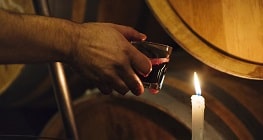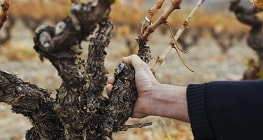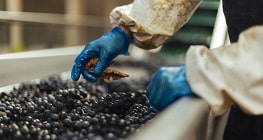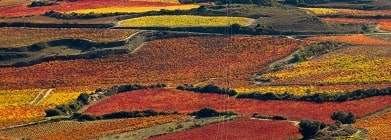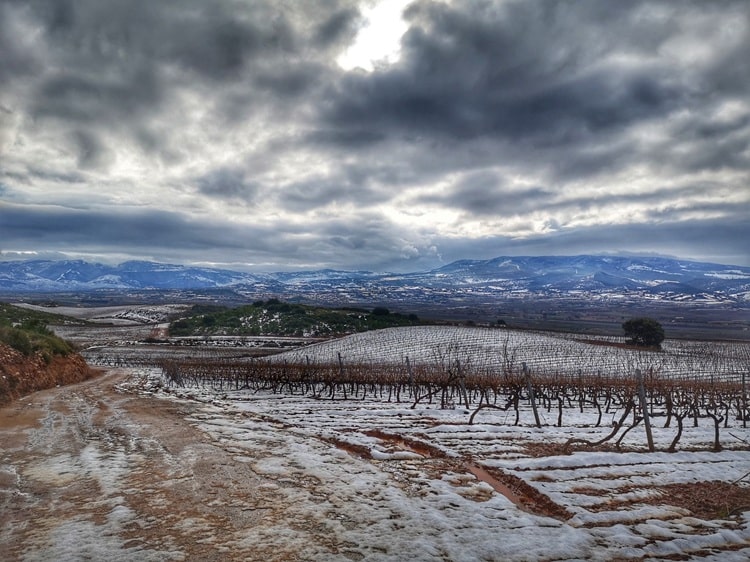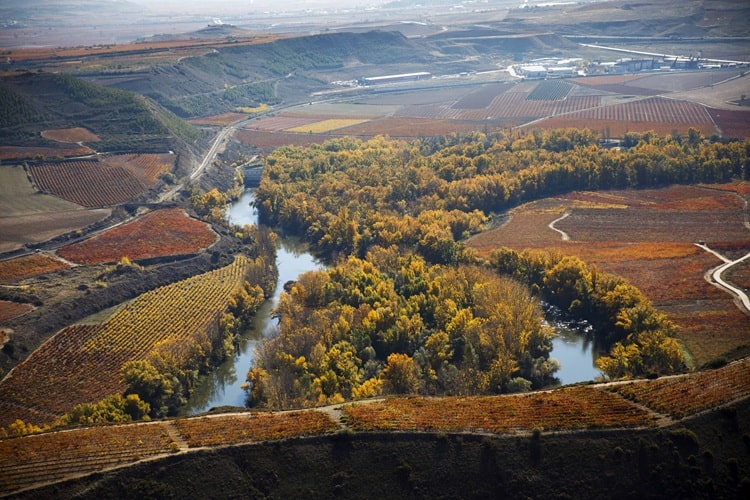In an interview with Penin Guide at the beginning of May, José Luis Lapuente, General Manager of the Consejo Regulador de la DOCa Rioja , spoke about the changes that are taking place amongst consumers and the complexities that are being experienced by the Spanish wine industry. In terms of how Rioja is responding to the challenges posed by the market, he mentioned the following.

1. We are developing artificial intelligence applied to the vineyard.
It sounds exaggerated, but this tool will soon be able to accurately predict the yield of each plot. We are doing our best to optimise the model to maximise its use within the appellation.

2. I can’t predict whether there will be a market for a particular wine, but it’s clear that a high-quality product is more likely to dominate the market.
Ultimately, if the quality of the product is optimal but the market remains small, attractive elements need to be added, such as continuing to elevate the single vineyard wines, focusing not only on the production process, but also emphasising the origin. Our work as a committee focuses on the grapes and the wines, with greater control over the finished product, and that’s what we’re trying to do.

3. You can’t fight the windmills. If there are young people who don’t drink wine, you can’t force them.
Wine offers other experiences than just tasting. The Rioja appellation receives nearly 900,000 visitors a year. That’s the key. Maybe you don’t care about the wine, but you’ll be drawn in by what’s around it, and in the end you’ll end up with a bottle of wine in Rioja. This is another opportunity for us to attract consumers. A lot of other products are very competitive and have strong marketing, but the environment, the visit, the experience here is unrivalled. This is the second battle we need to fight, and it’s a big reason why all wine regions are promoting the visit experience.

4. Global white wine consumption is increasing and white wines are on the up and, again, Rioja’s white wines are varied and have a bright future.
But that doesn’t mean we have to shift 85 % of our production to white wines. We cannot forget who we are in order to adapt to the market. If it is necessary to restructure in this area, we will also consider increasing the acreage planted to white wines. These measures can be taken, but they will not radically change the status quo, but rather take advantage of the potential opportunities of the moment. So far, Rioja has taken a number of interim measures to see how the market performs.

5. Overall, Rioja will endeavour to maintain its competitiveness in the wine market by adapting to market changes through quality improvement and diversification strategies, regardless of the challenges it faces.

